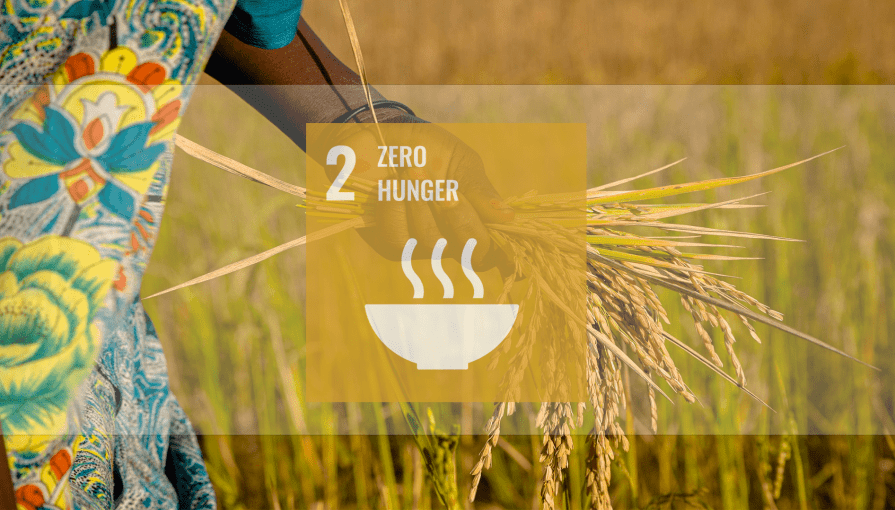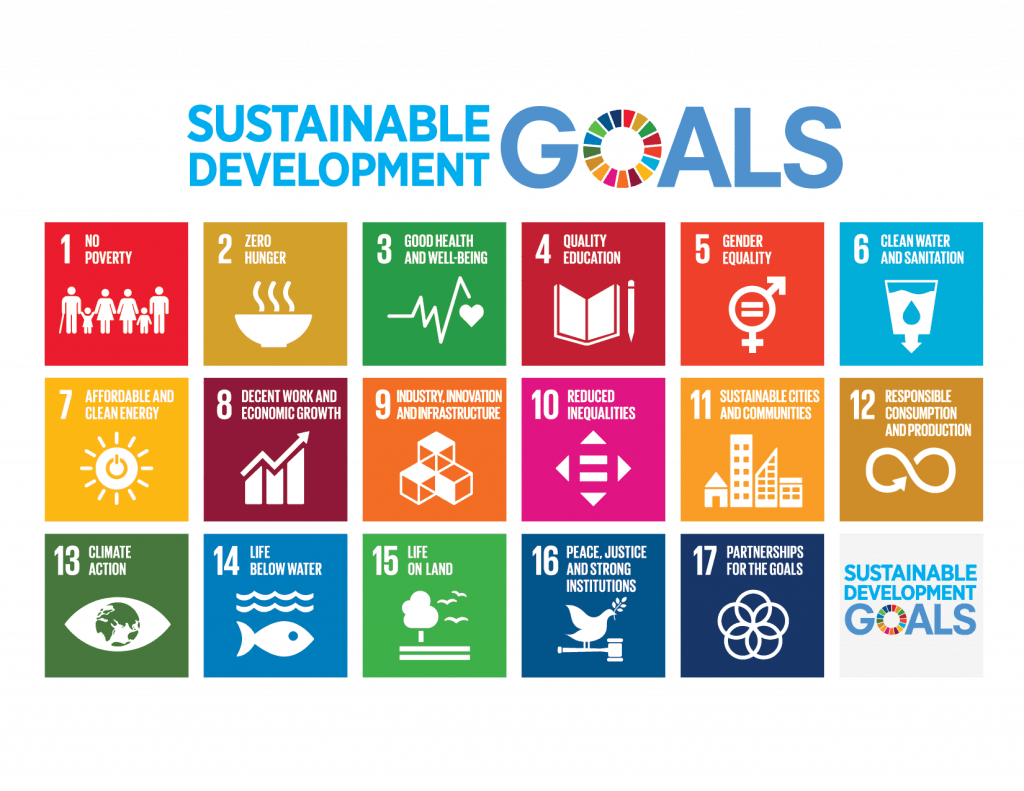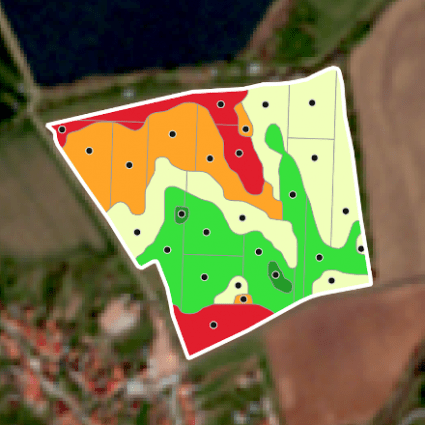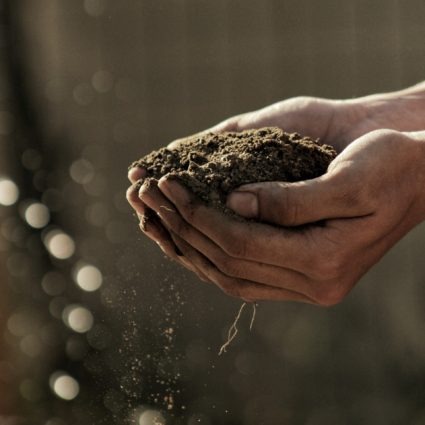5 surprising ways how DynaCrop plays its part in achieving SDGs
Agriculture and food production have played a major role in the emergence of our civilization and are still among the human activities that are crucial to life on Earth. Access to food is a basic human need, yet one in nine people in the world is undernourished. There are several causes, as well as solutions. Fortunately, Sustainable Development Goals (SDGs) were set as an answer to this and other global issues that are reflected even at the local level. And DynaCrop naturally helps to meet them.
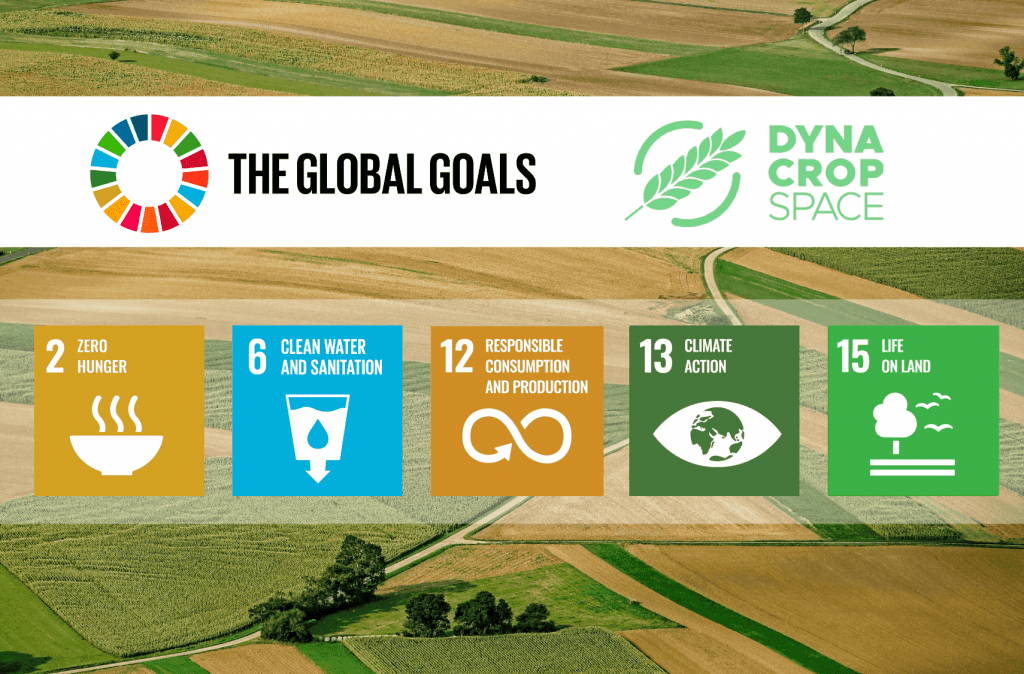
The Sustainable Development Goals (SDGs) address not only the issue of food, but above all represent a global framework for transforming our civilization in a sustainable direction by 2030. The SDGs were adopted by UN member states in 2015, and since then, all 17 goals and their sub-goals have been progressively implemented, each focusing on a different area of current human challenges. Contributing to them rests not only on the shoulders of individual countries but also on the citizens themselves as well as the scientific community and the business community. With its functionality, DynaCrop fulfils several objectives at once and thus helps to shape a sustainable world.
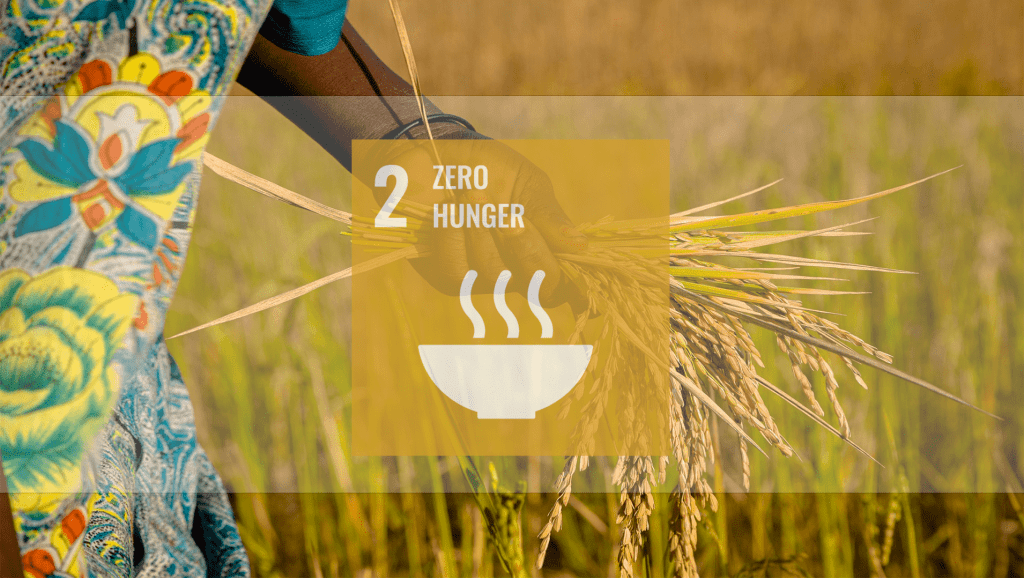
DynaCrop is a service for everyone. It can be applied to any field around the world and, thanks to its affordable price, it is also used for agriculture in developing countries (e.g. West Africa). Thanks to the high resolution of the data captured, its features are beneficial for both large-scale farmers and smallholders. There are about 500 million small farms in the world, most of which are rain-fed and located in remote areas. But at the same time, these farmlands provide up to 80% of the food consumed in developing parts of the world. One of the sub-objectives (2a) focuses directly on innovative investments that lead to increased agricultural production. (Increase investment, […] including technology development […] in order to enhance agricultural productive capacity in developing countries, in particular least developed countries.)
With its global coverage, DynaCrop is one of the innovative technologies that can help smallholder farmers to increase production and ensure food security even in the poorest parts of the world. In this way, DynaCrop also contributes directly to the achievement of targets 2.1 and 2.2, which aim by 2030, to end hunger and ensure access by all people, in particular the poor and people in vulnerable situations, including infants, to safe, nutritious and sufficient food all year round. With available satellite data, farmers can streamline farming practices by being better informed about the current state of crops. They can thus increase yields and incomes and contribute to the achievement of target 2.3 (double the agricultural productivity and incomes of small-scale food producers[…]).
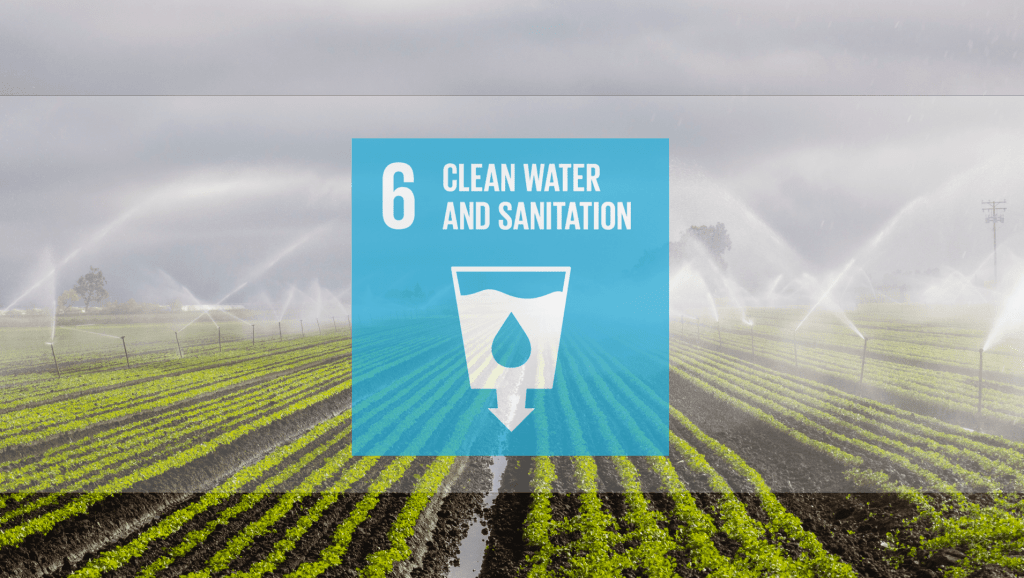
Agriculture is a major consumer of water – around 70% of all available water is used to irrigate farmland. At the same time, the excessive use of pesticides and fertilizers makes it one of the biggest polluters. DynaCrop offers tools for zoning the agricultural area, according to which fertilizers are applied only where necessary. This not only contributes to Goal 6, which aims to improve water quality by reducing pollution, […] and minimizing release of hazardous chemicals and materials, but also helps farmers to reduce the input costs associated with the area application of fertilizer. In fact, the maps provided for variable seeding, fertilization and irrigation can accurately determine the crop needs of a given location.
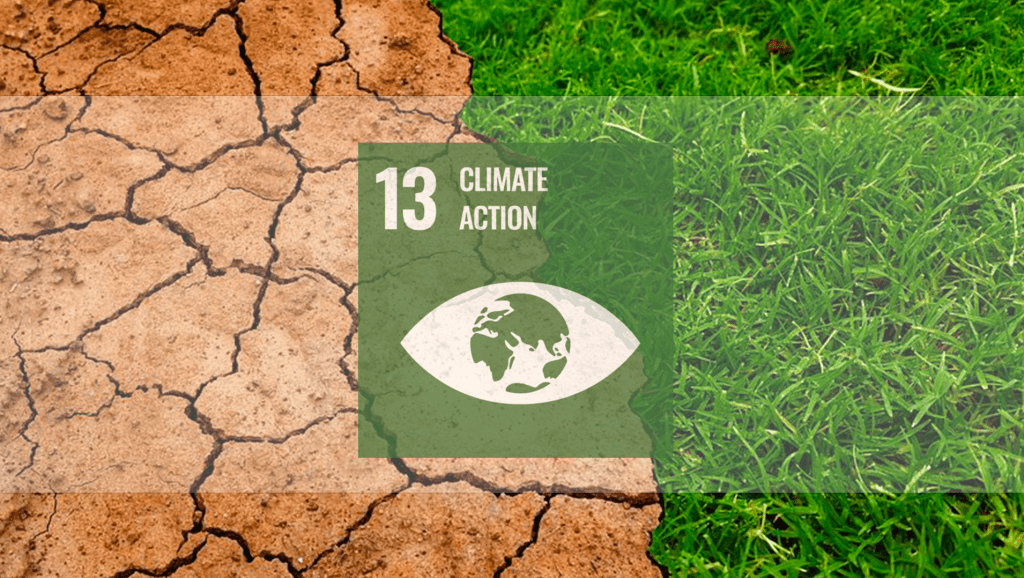
But DynaCrop goes even further. One step towards sustainable agriculture and meeting target 2.4 is to implement resilient agricultural practices that increase productivity and production, that help maintain ecosystems, that strengthen capacity for adaptation to climate change, extreme weather, drought, flooding and other disasters and that progressively improve land and soil quality. Regenerative agriculture is one such approach. This improves soil quality while capturing and storing carbon from the air. In practice, it is implemented through: no-till, purely organic fertilization, crop rotation or the use of intercropping. All of these methods can contribute to the climate change mitigation contained in SDG 13. DynaCrop offers several tools to practice or verify regenerative agriculture methods. Using satellite imagery data, we can measure soil carbon, identify priority areas for applying limited amounts of manure or compost, detect the absence of intercropping or tillage, calculate crop biomass, or monitor available water.
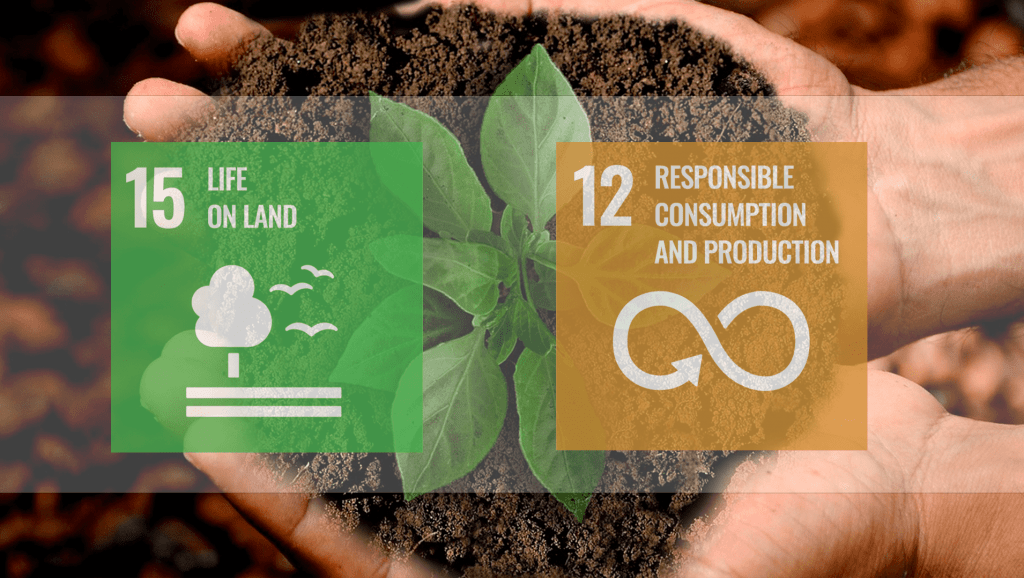
Worldwide, 2.6 billion people depend directly on agricultural incomes, and 52% of agricultural land is more or less degraded. Unless there is a positive change in agricultural techniques for food production, land will continue to degrade, leading to rapidly declining yields. This will lead to increased pressure on ecosystems (both in the field soil and in the adjacent rivers), a decline in biodiversity and, ultimately, in the quality of life. If we as humanity are to move towards sustainable Life on Land (SDG 15), it is also crucial to focus on Responsible consumption and production (SDG 12). Through satellite technology, DynaCrop is helping to turn global food production towards sustainability. Overall, fulfilling and following the Sustainable Development Goals (SDGs) sets out a clear vision towards which the development of DynaCrop service is naturally moving.
This article was written with the support of the EuroGEO e-shape project.


| climate action | sustainability | Sustainable Development Goals | SDGs | 2030 Agenda | Agenda for Sustainable Development | 17 Global Goals | sustainable agriculture | sustainable farming | end hunger | zero hunger | no hunger | fertilizer reduction | precise farming | regenerative agriculture | soil health | biodiversity | carbon capture | sustainable production | food security | UN | United nations | e-shape | climate action | life on land | reduced inequalities | responsible consumption | responsible production | clean water | reduce water pollution |

